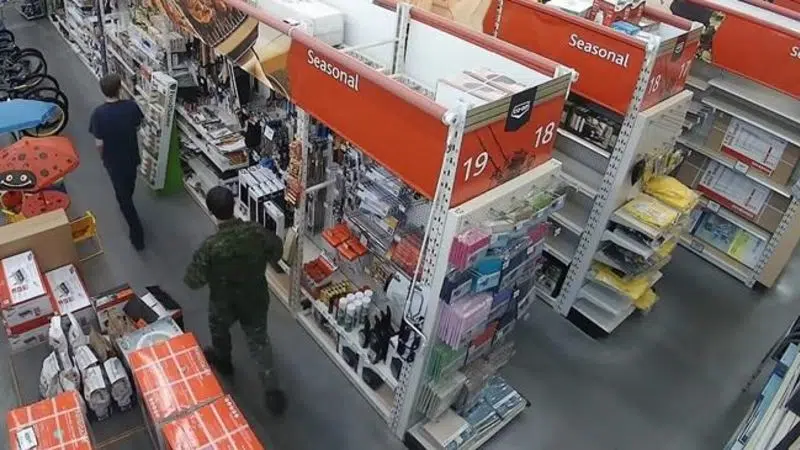
‘Tips on steroids:’ Social media both a help, hurdle for police investigations
Social media can help or hurt police investigations such as the one into three homicides in northern British Columbia, says a criminologist.
Frank Cormier, head of the sociology and criminology department at the University of Manitoba, says police have started using social media as a way to get their message out.
“It can be fairly effective as a tool,” he said in an interview. “Like any newer technology, it’s always a double-edged sword.”
RCMP confirmed earlier this week that two bodies found in the dense brush outside of Gillam, Man., were those of Bryer Schmegelsky and Kam McLeod, suspected of killing a young tourist couple and a botanist in B.C. last month.
